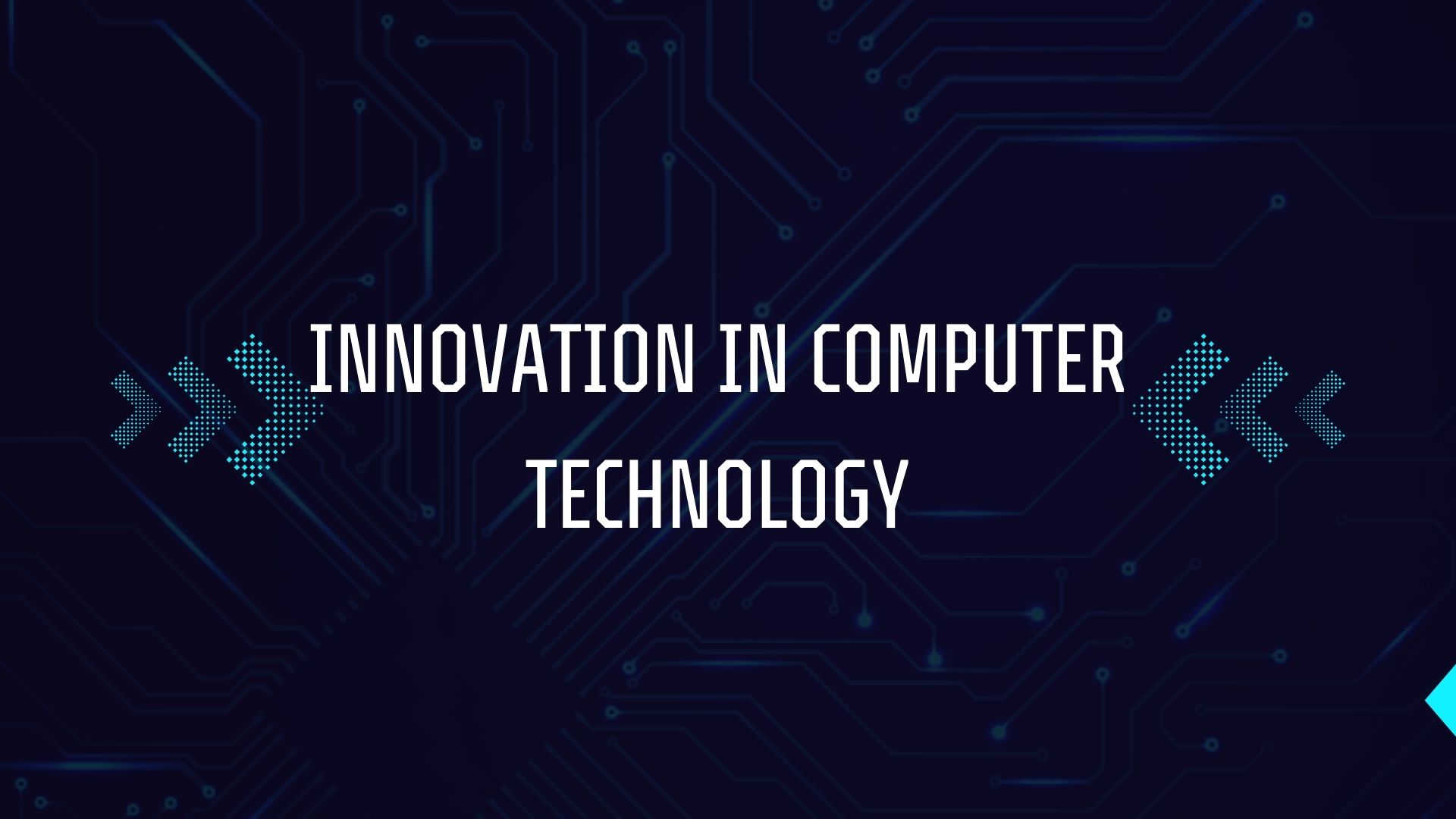In the vast expanse of human progress, few inventions have reshaped our lives as profoundly as computers. From the clunky behemoths of the mid-20th century to the sleek, lightning-fast machines of today, computers have been on an evolutionary sprint, transforming everything from communication to entertainment, commerce, and beyond.
The Birth of Computing: A Historic Leap
The story of computers begins with the remarkable minds of the early 20th century, who laid the theoretical groundwork for these electronic marvels. From Alan Turing's pioneering work on algorithms to the invention of the first programmable electronic computer by Konrad Zuse, the stage was set for a revolution that would change the course of human civilization.
The Rise of Personal Computing: Empowering the Masses
The 1970s saw the birth of personal computing, as visionaries like Steve Jobs and Bill Gates ushered in an era where computers were no longer just tools for scientists and engineers but became household fixtures. With the introduction of iconic machines like the Apple II and the IBM PC, computing power became democratized, unleashing a wave of creativity and innovation that continues to this day.
The Age of Connectivity: Networking the World
As computers proliferated, so too did the need to connect them. The advent of networking technologies opened up a whole new world of possibilities, allowing for the seamless exchange of information and resources across vast distances. At the heart of this revolution are Network Interface Cards (NICs), the unsung heroes of modern computing.
Unveiling the Network Interface Card: The Gateway to Connectivity
While often overshadowed by flashy graphics cards and powerful processors, NIC cards play a crucial role in enabling communication between computers within a network. These small but mighty devices act as the gateway through which data flows, translating digital signals into physical ones that can traverse cables or airwaves with ease.
The Anatomy of a Network Interface Card: Under the Hood
At its core, a NIC consists of a network controller, which manages the transmission and reception of data, and a physical interface, which connects the card to the network medium, be it Ethernet, Wi-Fi, or something else entirely. Through a combination of hardware and software, NICs ensure that data reaches its destination swiftly and securely, laying the groundwork for the interconnected world we inhabit.
NICs in Action: Powering the Digital Age
From browsing the web to streaming movies, playing online games, and conducting business transactions, NICs quietly facilitate the flow of information that underpins our digital lives. Whether wired or wireless, these unassuming devices work tirelessly behind the scenes, enabling everything from real-time video calls to cloud computing and beyond.
The Future of Networking: Innovations on the Horizon
As we look to the future, the role of NICs is poised to expand even further. With the rise of technologies like 5G and the Internet of Things (IoT), the demand for fast, reliable connectivity will only continue to grow. In response, researchers are developing next-generation NICs capable of handling ever-increasing amounts of data with lightning speed and efficiency.
A World Connected
In the grand tapestry of human achievement, few threads are as integral as computing. From its humble beginnings in the minds of visionaries to its omnipresence in our daily lives, the journey of computers has been nothing short of extraordinary. At the heart of this journey lies the humble network interface card, quietly bridging the gap between machines and ushering in a world where connectivity knows no bounds.
















Post Comments